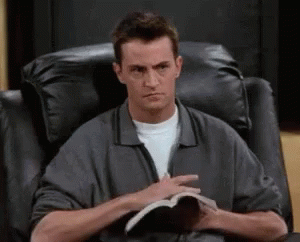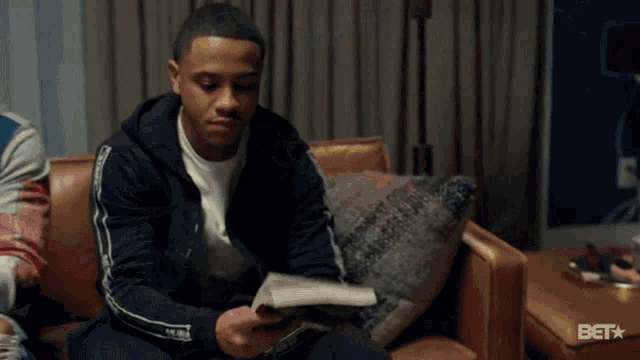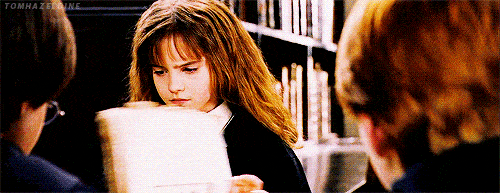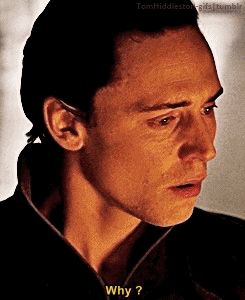When I read Donut Fall in Love two weeks ago I was reminded almost viscerally of two of Jackie Lau’s novellas from her Holidays with the Wongs series. The chemistry between Donut’s Ryan and Lindsay had the same sort of feeling that A Fake Girlfriend for Chinese New Year’s Zach and Jo did, and it made me want to revisit them, and with Chinese New Year this week (February 1st) I needed no further inducement to pick it back up and give myself a Monday evening treat. Once I did, I remembered that in my review of A Big Surprise for Valentine’s Day back in 2020 I had wished that it had been told as one larger story with Fake Girlfriend, so I decided to go ahead and read them back to back and see how that effected my reactions.
It worked splendidly.

I had fond feelings for A Fake Girlfriend for Chinese New Year from my initial reading of it, but had rounded down to 3 stars from 3.5 as far as star ratings go (I have now rounded it up to 4 instead). In this novella Zach is afraid of a repeat blind date set-up by his mother and grandmother, still mortified from Thanksgiving. His two older brothers are now in relationships so he feels that the pressure to also find a girlfriend will all be squarely focused on him (I appreciate how Lau makes this his fear and something not even on his family’s radar – no one is up to any shenanigans but him). To prevent attention he doesn’t want Zach approaches his friend Jo with a favor: would she be willing to pretend to be his girlfriend for a few weeks to keep the pressure off from his family. They both live in his hometown and have a friendship built on broken engagements and hobbies, so Zach thinks this is safe for them. What he doesn’t know if that Jo has secretly been falling for him for the past two years of their four-year friendship and that he has some feelings for her that he is being dumb about since he has sworn off relationships entirely since his broken engagement. Lau does a great job layering in the emotions and the natural progression that “fake” dating will have when two people do have a legitimate emotional connection, and the way it all builds to a crescendo across 95 pages while playing with both friends to lovers and fake relationship worked a charm for me.

On the high of the ending of Fake Girlfriend the being dumped into a break-up prologue before a flashback of six weeks should have felt like being doused in cold water, instead in made me all the more ready to settle in and enjoy the parallel story of Amber and Sebastian in A Big Surprise for Valentine’s Day. Amber is the youngest of the four Wong siblings and after a rough few years getting herself settled into her career and managing to date only terrible men, she gives herself a moratorium – no dating for now. She’s missing the physical connection, though, if not the emotional one and a run-in with Sebastian Lam in the grocery store family planning aisle finds them both with a partner for some no strings attached sex. Sebastian is newly back in the area after moving home following medical school, is the childhood best friend of Zach, and has a reputation for being the “good son” to Amber’s “wild child”.
I was rooting for this pair from their meet cute both times I’ve read this. Lau plays with Opposites Attract, although that’s more perceived than actual, as well as Older Brother’s Friend and Friends with Benefits. Amber is taking steps to correct missteps in her past, Sebastian is letting himself discover what he wants his life to be, and they are each working on healthy boundaries with their families While this is probably the steamiest of the novellas (with sex being the driver of the relationship at least initially) what I took away from this one the most this time is how quietly and steadfastly kind the leads are to each other throughout. Not to say there isn’t tension and some drama (this one does open with a big break-up) it still leaves room for a certain sweetness to balance the whole package.
You should read these, but I strongly suggest that you start with the first novella in the series A Match Made for Thanksgiving and then just read them all in quick succession. It’s a great way to get acquainted with Lau and you’ll thank me.













